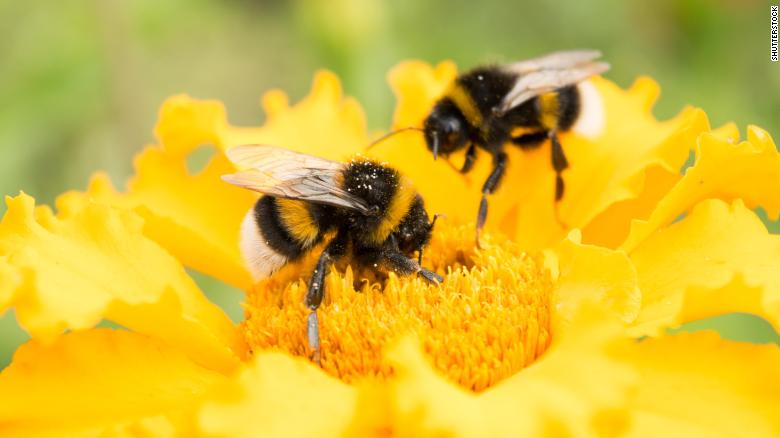Yup. It’s happening. And it’s a good thing. Bees are dying out, but we humans need them to pollinate plants we eat and to nourish animals that become our food. We don’t think of that when we shoo them away or kill them.
There are things we can plant to help bring back the population. And if you’re growing marijuana in your back yard, you may already be doing your part.
This article explains the bees’ vital contribution to humans, what plants we can plant to sustain them, and the place cannabis crops have in helping these little creatures: If you want to save bumble bees, plant these flowers in your yard



